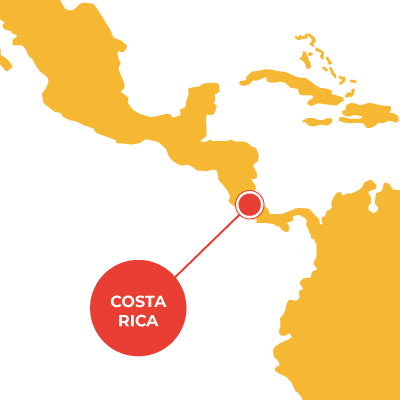Guide for psychosocial care for migrants in Mesoamerica
The different stages of the migration process bring specific risk factors that can generate psychosocial vulnerabilities that, when combined with other elements of risk such as pre-existing psychological, emotional and social vulnerabilities, can affect the well-being of migrants, their families and the communities of origin, transit or destination.

